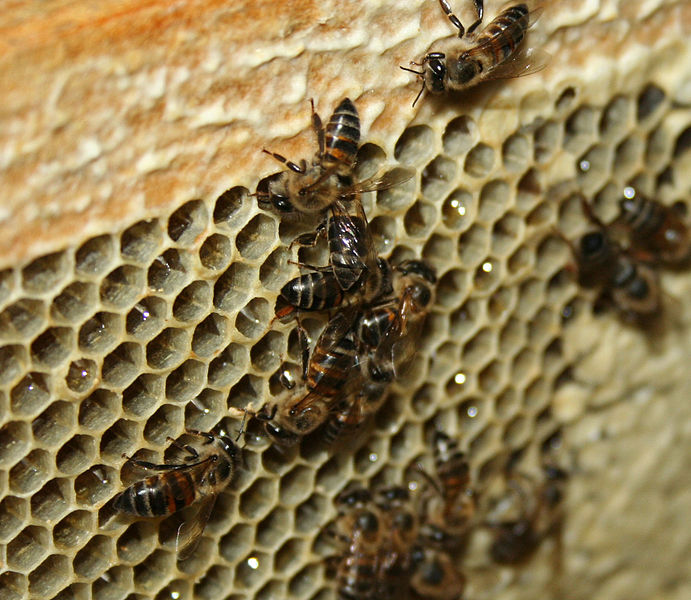New semiconductor
It may not be graphene that revolutionizes transistors after all, according to an article in the Nature Nanotechnology journal, reports physorg.com. Molybdenite, a mineral occurring frequently in nature and currently used in steel alloys and lubricants, holds great promise for revolutionizing semiconductors.
“It’s a two-dimensional material, very thin and easy to use in nanotechnology. It has real potential in the fabrication of very small transistors, light-emitting diodes (LEDs) and solar cells,” says Prof. Andras Kis of the École Polytechnique Fédérale de Lausanne (EPFL).
The main advantages are its decreased width — 0.65 nanometres compared to two nanometres of equivalent silicon and decreased power consumption, up to 100,000 times less than current transistors. Though graphene may prove to be an important material in the coming years, molybdenite provides much better responsiveness and a less complicated design and fabrication processes, both of which are crucial in the making of semiconductor devices.
From your skin, to your heart
Scientists at the Scripps Research Institute have managed to convert adult skin cells into beating heart cells, writes physorg.com. The process is revolutionary, as it does not require the cells to be first converted to adult stem cells or induced pluripotent cells (iPS). Traditionally, cells would first be converted to iPS cells with the insertion of four genes; then once in a pluripotent state, they would be given the signal to turn into the desired adult cell.
This process had issues as some cells did not make the conversion fully and the resulting tissue was a mix of iPS and adult cells, which has been shown to cause cancer in mice. The new technique does not convert adult cells to iPS cells as the genes are switched off shortly after being inserted. The scientists then give the correct signal, spurring the cell to change into the desired adult tissue. The project has so far yielded beating heart tissue, but research will continue before the process finds its way to medical applications.
Plasma powered private space craft
Private space flight is gaining momentum, in some cases an incredible amount of it. Franklin Chang Diaz, a doctoral student and founder of the space startup Ad Astra Rocket Company, is developing an engine that may revolutionize space travel, writes popsci.com. The Vasimr engine uses nuclear reactors to superheat plasma. Magnetic fields then eject the hot gas out of the back of the engine.
According to the article, a spaceship using such an engine could reach almost 200,000 kilometres per hour. Though it may sound like science fiction, Diaz has the credentials to back the idea. Not only has he been developing the technology since the mid 1970s, he’s been (and still is) actively involved in the development of space technology. Currently, a prototype is in the works.
Grow some veins
Physorg.com reports that scientists are able to take smooth muscle from human bodies and form it into tubes using dissolvable tissues. After about eight to ten weeks, the tubes will dissolves and researchers are left with a fully formed vascular graft. The vessels have been tested in baboons and dogs for a period of six months, and can be stored for a year.
Microscopic waterflea has more genes than you
The National Science Foundation has reports that Daphnia pulex, or the waterflea, has a total of 31,000 genes, significantly more when compared to a human’s 23,000. Scientists hypothesize that this organism has more genes because they duplicate rather quickly and genes are produced in response to environmental changes.
“More than one-third of Daphnia’s genes are undocumented in any other organism — in other words, they are completely new to science,” says Don Gilbert, paper co-author and scientist at IU Bloomington.



